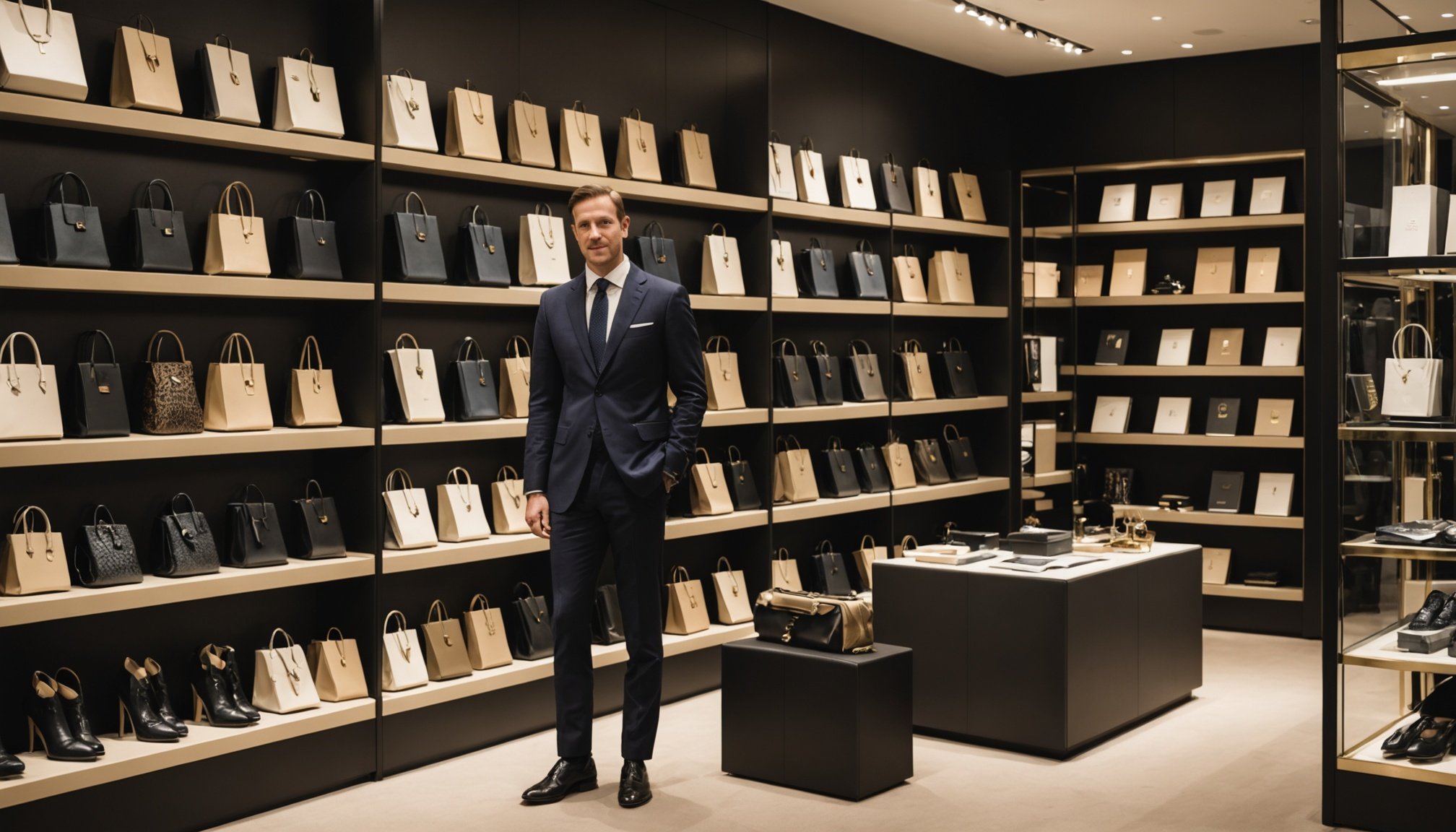The Importance of Data Analytics in Luxury Marketing
In today’s dynamic luxury marketing landscape, data analytics plays a pivotal role in understanding consumer behaviour, especially in the UK market. By harnessing data analytics, businesses in the luxury sector are equipped to decode consumer patterns and preferences with precision. This capability enables marketers to anticipate customer needs and tailor their strategies accordingly, fostering deeper customer connections and improving brand loyalty.
Data-driven decisions are revolutionising marketing strategies in the luxury goods industry. Organisations leverage these insights to predict trends and optimise their market approaches. For instance, a deeper understanding of purchasing behaviour allows for the creation of bespoke marketing campaigns that resonate with discerning luxury consumers. This approach not only enhances targeted advertising but also maximises the return on marketing investments.
Topic to read : Unlocking the Power of Machine Learning: A Comprehensive Guide to Fraud Detection in UK Financial Services
Current trends underscore a shift towards personalised experiences in luxury marketing. Data analytics enables brands to deliver customised interactions by analysing consumer demographics, purchasing history, and real-time social media engagements. As a result, companies can construct uniquely personalised journeys, ensuring that each interaction strengthens the brand-consumer relationship.
In conclusion, the integration of data analytics into luxury marketing is not merely a trend but a necessity for sustained success. It offers unparalleled insights that empower brands to evolve and thrive in a competitive UK market landscape.
Also to see : Unlocking Augmented Reality: Transforming Virtual Shopping Adventures for Fashion Retailers in the UK
Metrics for Success in Luxury Marketing Campaigns
Understanding the effectiveness of marketing campaigns in the luxury goods sector requires a precise and strategic approach to data analysis. Identifying Key Performance Indicators (KPIs) is fundamental. These KPIs might include customer acquisition costs, lead conversions, and social media engagement rates. Each of these marketing metrics offers insights into various aspects of a campaign’s performance.
Return on Investment (ROI) analysis in luxury marketing holds particular significance. An effective ROI analysis assesses not just the financial returns but also the brand enhancement and customer loyalty tied to the campaign. High upfront costs in luxury marketing often mean that the financial turnout can differ greatly in timing. Thus, understanding the long-term value creation is crucial.
Delving into techniques for analysing customer engagement and retention is another layer of a robust campaign analysis. With luxury goods, emotional connections and brand loyalty often play a massive role. Metrics such as repeat purchase rates, customer lifetime value, and even sentiment analysis through surveys and social media feedback can provide an in-depth look into customer satisfaction and brand allegiance. These methods form a comprehensive picture of marketing metrics, ensuring that the business remains aligned with customer expectations and brand identity.
Case Studies of Successful Data-Driven Marketing in Luxury Goods
Exploring how luxury brands harness the power of data-driven marketing offers insights into innovative strategies that drive results. Here are noteworthy examples from the industry.
Brand A: Innovative Use of Analytics
This brand set out with a clear objective: to boost sales through analytics. Employing advanced data analytics techniques, they were able to predict customer behaviours and preferences. By analysing historical sales data and customer feedback, the brand tailored its marketing strategies effectively. The result was a remarkable increase in sales, demonstrating the potential of data-driven marketing when executed thoughtfully.
Brand B: Personalized Customer Experiences
To create personalized customer journeys, this brand meticulously leveraged customer data. Using sophisticated data analysis tools, they tracked purchase histories and online interactions. This enabled them to offer custom recommendations and services. The tools not only highlighted consumer trends but also informed the creation of highly engaging marketing campaigns. As a result, customer satisfaction improved, and the brand gained a deeper understanding of their clientele, proving the effectiveness of personalisation.
Brand C: Social Media Insights
By scrutinising social media engagement metrics, this brand perfected its targeting strategy. In-depth analysis allowed them to identify key demographics and consumer interests. This insight led to successful marketing campaigns that significantly boosted brand visibility. The achievement underscored the importance of using data to guide marketing decisions in the digital age.
Tools and Software for Data Analytics in Luxury Marketing
The luxury industry continually shifts towards data-driven strategies, making it essential for marketers to embrace advanced analytics tools and marketing software. In this trend of digital transformation, knowing which tools to utilize can significantly enhance decision-making and strategy development.
Several popular data analytics tools stand out due to their robust functionalities. For instance, tools like Tableau and SPSS offer in-depth data visualization and track high-value customer insights. Meanwhile, Google Analytics remains a staple for understanding web traffic and consumer behaviour, even in luxury markets. Each of these tools can decode complex datasets, providing clarity and actionable insights.
In the context of the UK luxury market, marketers should seek software that not only analyses data but aligns with luxury branding nuances. Software such as Salesforce for luxury CRM integrations and Hootsuite for managing upscale brand presence on social media are highly recommended. These tailored solutions support seamless integration of analytics tools into marketing workflows, thus making data strategy execution much more effective.
Integrating these analytics tools into your workflow can transform the way the luxury industry approaches customer engagement, brand positioning, and performance metrics. By leveraging these digitally savvy methodologies, businesses can distinctly position themselves at the forefront of the luxury consumer’s mind.
Future Trends in Data Analytics for Luxury Marketing
As luxury marketing steadily evolves, future trends indicate a transformative impact driven by data analytics. Emerging technologies such as artificial intelligence, machine learning, and big data are revolutionising how brands engage with their elite clientele. These advancements enable luxury brands to create personalised experiences by analysing vast amounts of consumer data swiftly.
In the luxury sector, data usage is predicted to become even more sophisticated. Marketers will leverage insights from consumer behaviours, preferences, and purchasing patterns to tailor offerings meticulously. This requires a deep understanding of data analytics to predict trends and make informed decisions. For instance, AI can be used to forecast market demands and inform product development, ensuring offerings align with customer expectations.
To remain competitive, it’s crucial for luxury brands to stay ahead in the data analytics arena. A proactive approach to integrating cutting-edge analytics tools will help brands outperform competitors by providing insights that drive strategic marketing campaigns. Furthermore, understanding and adopting these data-driven strategies will allow brands to enhance customer loyalty and brand value amidst a rapidly changing landscape.
By embracing these future trends, luxury marketers position themselves not only as industry leaders but also as innovators who proactively anticipate and fulfill customer desires.











